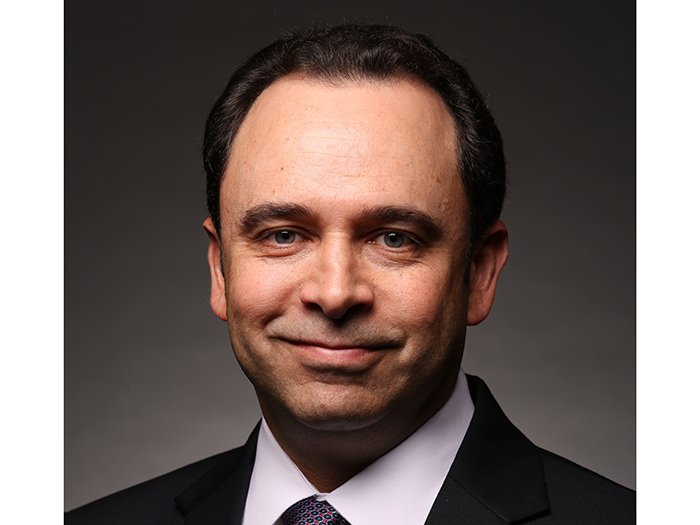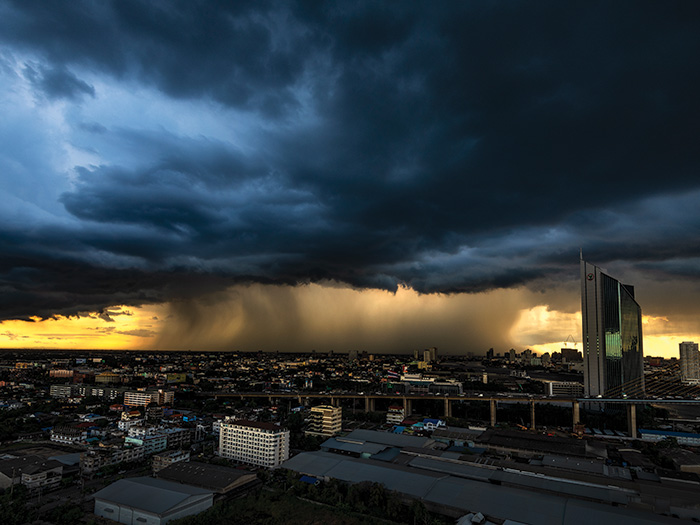Attention Risk Managers: Long COVID Is Real and It’s Impacting Workers’ Comp Claims

Long COVID is an on-going, worrying and costly illness affecting workers and the workplace even as some people question if it is real.
It’s real, according to two recent studies that dig deep in to COVID-19 data to try to discover the prevalence of Long COVID and the implications that follow when some people infected with COVID-19 lag in regaining their pre-infection health.
One study, by the Workers Compensation Research Institute, describes Long COVID as a significant driver of costs in several ways.
The study found that claims citing Long COVID had higher average medical payments, higher average indemnity payments, and higher average durations of temporary disability than COVID-19 claims without Long COVID.
Hospitalizations and ICU care contributed to soaring costs. The average medical costs were $50,000 for hospitalized workers with Long COVID and more than $150,000 for workers with ICU care.
The average medical claim for Long COVID was more than $25,000 compared to the average medical claim of $3,000 without Long COVID.
“Our findings indicate that many workers with Long COVID had three months of temporary disability benefits within the first year after infection,” the study found. “This suggests that Long COVID may affect workers’ ability to work well beyond the acute period of infection.”
Both studies — the other was done by the New York State Insurance Fund — studied data gathered from workers early in the pandemic who were infected by COVID-19 and who received treatment and/or income replacement benefits from the workers’ compensation system.
“One big takeaway from the study is that Long COVID is real and its implications stretch from individuals and households to employers and the broader labor market,” said Gaurav Vasisht, executive director of NYSIF.
Vasisht said the New York study may have other implications for employers, such as raising the question of whether Long COVID is playing a role in on-going labor shortages.
“We hope these findings will help fill information gaps about the workforce and labor market, including what may be an underappreciated reason for declining labor participation rate since the emergence of the pandemic,” he said.
“We also wanted to highlight the emerging challenges employers face as a growing number of people return to work while still reeling from the effects of Long COVID.”
The WCRI study notes that the scientific community is still grappling to come to a consensus about what Long COVID is, and predicts the definition will continue to evolve.
Long COVID symptoms manifest as a variety of possible physical and mental health conditions which include, but are not limited to, chronic cough, ongoing shortness of breath on exertion, extreme fatigue, chest tightness, chest pain, muscle pains, headache, brain fog, insomnia, palpitations and/or tachycardia, myalgia, fever, abdominal pain, diarrhea, problems with memory and concentration and exhaustion.
When looking at all workers with COVID-19 claims in the study sample, the WCRI study found that 7% of them had not returned to their pre-injury health after infection within the time frame of the study, and they needed continuing treatment for Long COVID symptoms after the acute state of the illness was over.
Among claims with medical care, 20% received care for Long COVID symptoms. Among claims with medical care and indemnity benefits, 33% received care for Long COVID symptoms
Lung-related conditions were reported by 63% of those suffering from Long COVID, 38% reported other health issues, a third of workers reported conditions related to heart health, and 10% reported mental health issues.
The WCRI reports that there was little difference by gender when looking all claims. But women were more likely to have Long COVID when it looked at claims with medical care.
“Women were less likely to receive medical care after COVID-19, which may have contributed to the relatively more severe cases being included in the sample of those with medical care,” the study states.
The WCRI also reports that “the nature of the medical care that workers received early after the infection was a strong predictor of Long COVID. Workers who were hospitalized or had ICU care were substantially more likely to receive care for Long COVID symptoms than workers who had limited exposure to medical care early after the infection.”
The potential impact of Long COVID is immense, according to the New York study which describes the illness an “emerging threat to public health with ongoing, cascading and yet unclear implications for employers, households, individuals and the economy. Indeed, with each passing day, the number of people affected with Long COVID grows.”
During the period studied, The New York State Insurance Fund received 89,109 workers’ compensation claims, of which 5,798 related to COVID-19. Of those COVID-19 claims, NYSIF provided coverage to 3,139 established claims, with most of the remaining claims failing to meet the coverage guidelines of the Workers’ Compensation Board, the adjudicator of claims.
Almost one-third of all claimants, 31%, suffered or are suffering from Long COVID, though the percentage has fallen over time, inversely correlating with increased vaccination rates, the study reports.
The primary findings include:
- Almost one-third of all claimants, 31% or 977, suffered or are suffering from Long COVID, though the percentage has fallen sharply over time, inversely correlating with increased vaccination rates.
- The percentage of Long COVID among female workers (37%) was 11% higher than in male workers (26%).
- Approximately 18% of claimants with Long COVID—about 5% of COVID-19 claimants—have been unable to return to work for more than one year, with most claimants in this group under 60 years of age.
- Forty percent of claimants with Long COVID returned to work within 60 days of infection while still receiving medical treatment for COVID-19.
- Adults over 60 with Long COVID experienced significant difficulty returning to regular work life, with their challenges intensifying with age.
- Nearly all claimants with comorbidities or those hospitalized for their initial infection experienced Long COVID.
- Essential workers may have Long COVID rates higher than the data suggests, creating a blind spot for policymakers
“One of the most important, yet poorly understood, aspects of Long COVID is how it has affected the workforce, particularly as employees miss time from work or return with symptoms requiring medical treatment,” Vashist said. “Seventy-eight percent of these workers are under 60 years of age.”
While the study notes that the number of workers with Long COVID fell as the vaccine rate rose, it does not assert that vaccines are the only reason for the drop.
“As the study points out, vaccines may not be the only variable that impacted the drop in Long COVID,” Vasisht said.
The NSIF intends to continue to study other mysteries related to Long COVID including why essential workers had higher rates of the illness.
“Essential workers might not have been able to stay home from work beyond the required quarantine period and, in the case of health care workers, may have self-treated their symptoms,” Vasisht said. “If so, Long COVID rates, particularly for health care workers, may appear lower than they are. NYSIF intends to dig deeper to learn about essential workers’ experience with Long COVID.” &










